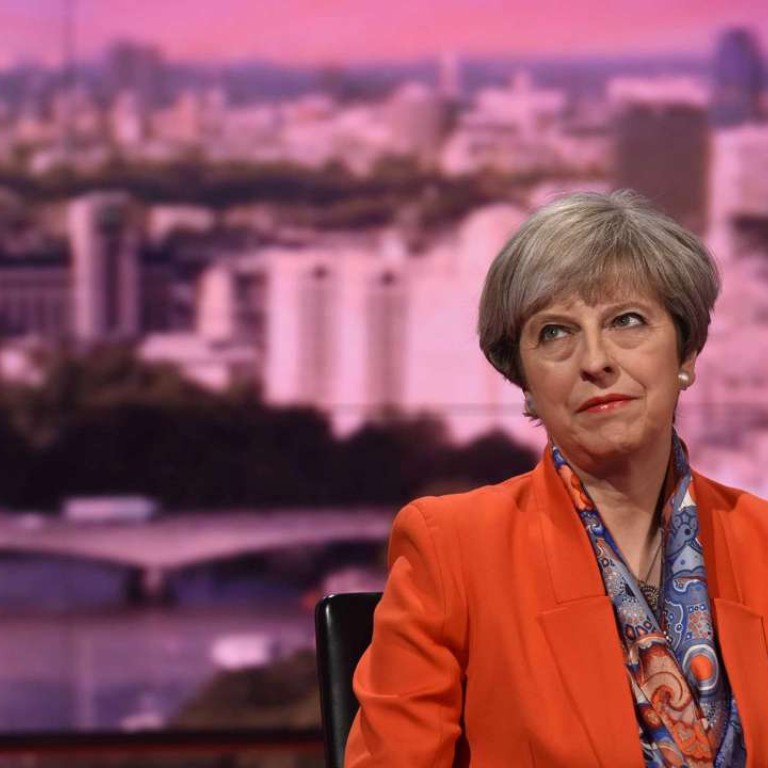
Britain’s May still seeks trade deal alongside Brexit talks, but EU leaders scoff
Prime Minister Theresa May stuck to her guns in arguing that Britain should be allowed to line up a “comprehensive” free-trade deal with the European Union at the same time as it negotiates its departure from the bloc.
A day after EU leaders suggested after a summit in Brussels that May’s ambitions for the looming Brexit negotiations are unrealistic, the prime minister denied Sunday that she was in a “different galaxy” from them as she braced for what she predicted would be a “tough” two years of talks.
“The EU has also said that nothing is agreed until everything is agreed,” May said on the BBC’s Andrew Marr Show. “I want to ensure that we agree on a trade deal and our withdrawal arrangements so that we know what both of those are when we leave the European Union.”

EU leaders agreed at a Brussels summit Saturday that their priorities are to force Britain to settle its financial commitments, guarantee the rights of EU citizens living in the UK, and sort out the border between the two Irelands.
Only when all 27 governments agree that “sufficient progress” has been made on those topics will they turn to a trade pact. EU negotiator Michel Barnier suggests that’s unlikely to happen until the end of the year.
Ultimately, the EU wants to prove that leaving the bloc is hard and to ensure Britain covers its obligations. Its governments also know a trade deal provides them with leverage given the assumption that the UK would suffer more than the EU if one wasn’t struck.
By contrast, May has repeatedly said she wants to discuss the divorce and future trading relationship in tandem given the shortage of time. Doing so would also allow her to make trade-offs to secure market access, and to show voters at home that she was making a success of Brexit.
There are also differences over what governments believe can be achieved within two years. May told ITV’s Peston on Sunday that Britain’s four decades of ties to the rest of Europe mean it’s not like countries such as Canada, which took seven years to hammer out a trade pact with the EU.
“We should be looking to negotiate a comprehensive free trade agreement within this period of time that we’ve got,” she said.
The EU’s guidelines, which were rubber-stamped by the leaders Saturday, are less far-reaching. They talk of finding “an overall understanding on the framework for the future relationship,” but say that no accord can be completed until Britain departs.
The Brexit discussions will begin soon after the UK’s June 8 election, which May called in part to strengthen her Brexit mandate going into the talks.
EU leaders took just minutes Saturday to rubber-stamp their eight-page plan for the Brexit negotiations, and all declared they were united behind it. Many also expressed concern that May harboured what German Chancellor Angela Merkel called “illusions” about what lay ahead.
European Commission President Jean-Claude Juncker expressed surprise that when he dined with May on April 26 she repeated her call for parallel talks.
“That won’t happen,” said Juncker. He later added, “I sometimes have the impression that our British friends underestimate the technical difficulties we have to face.”

